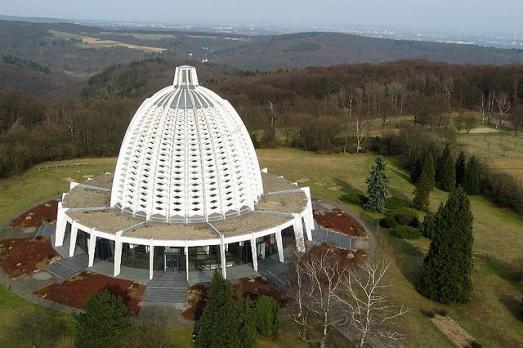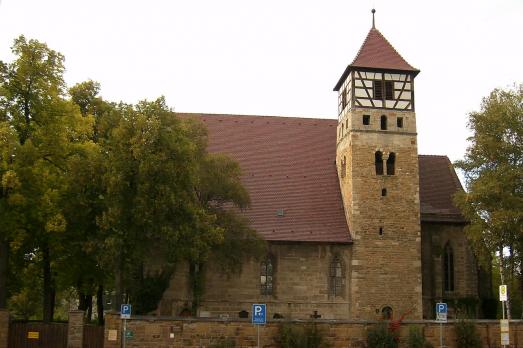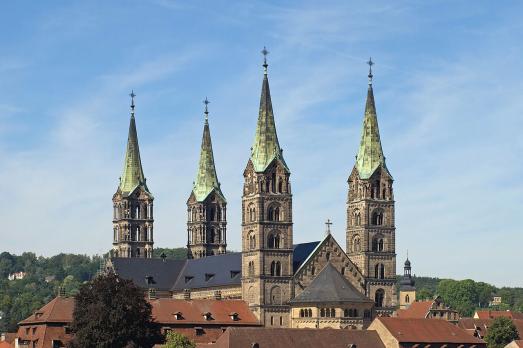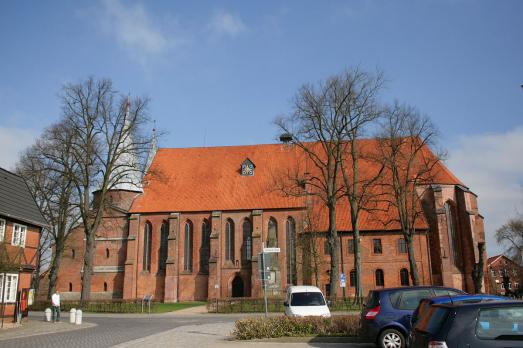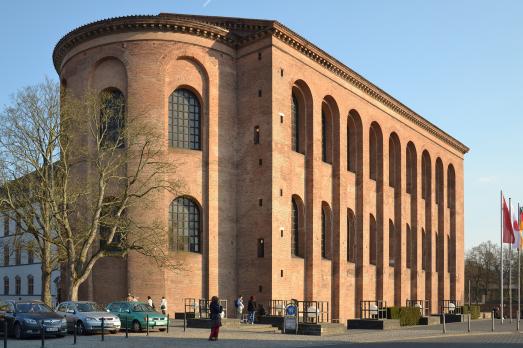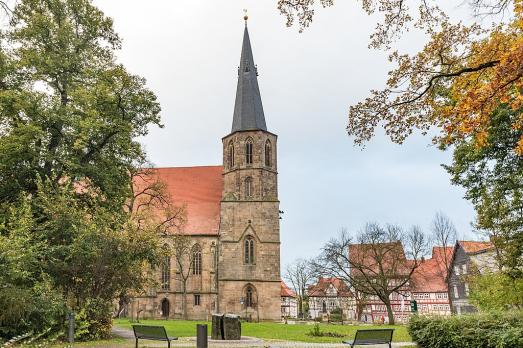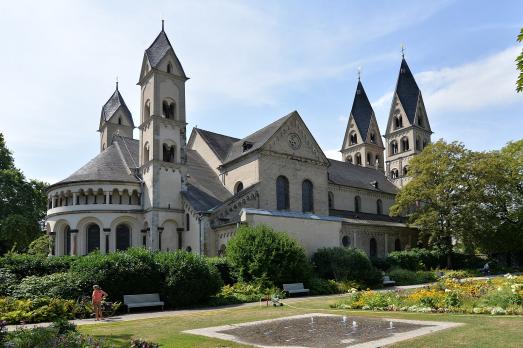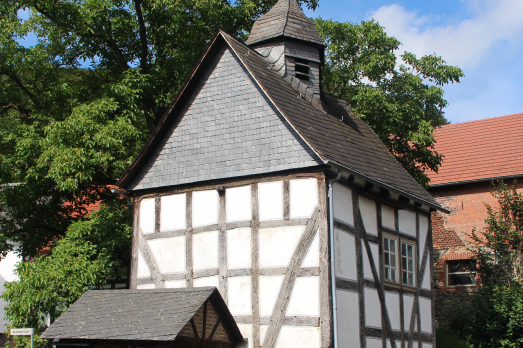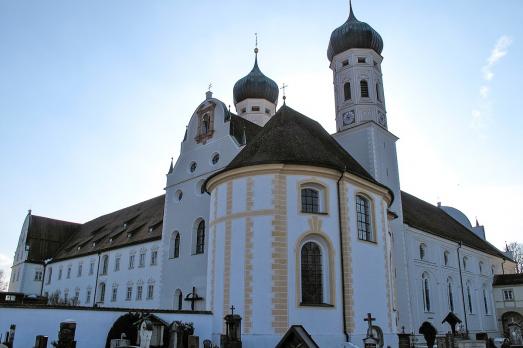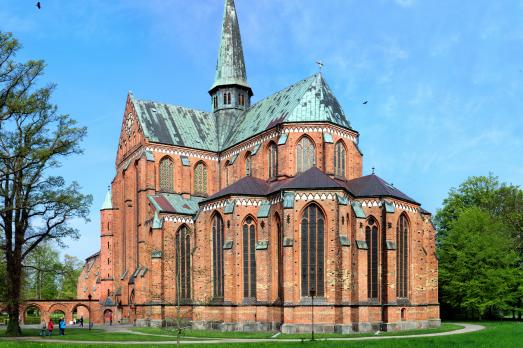
Bad Doberan Cathedral
Bad Doberan, DE
Bad Doberan Cathedral is the church of the former Cistercian monastery built at the end of the 13th century. The High Gothic Cathedral It is one of the most important Gothic brick buildings in the Baltic Sea region. The rich furnishings include the high altar, the upper part of which dates back to around 1310 and is one of the oldest winged altars in the history of art.
